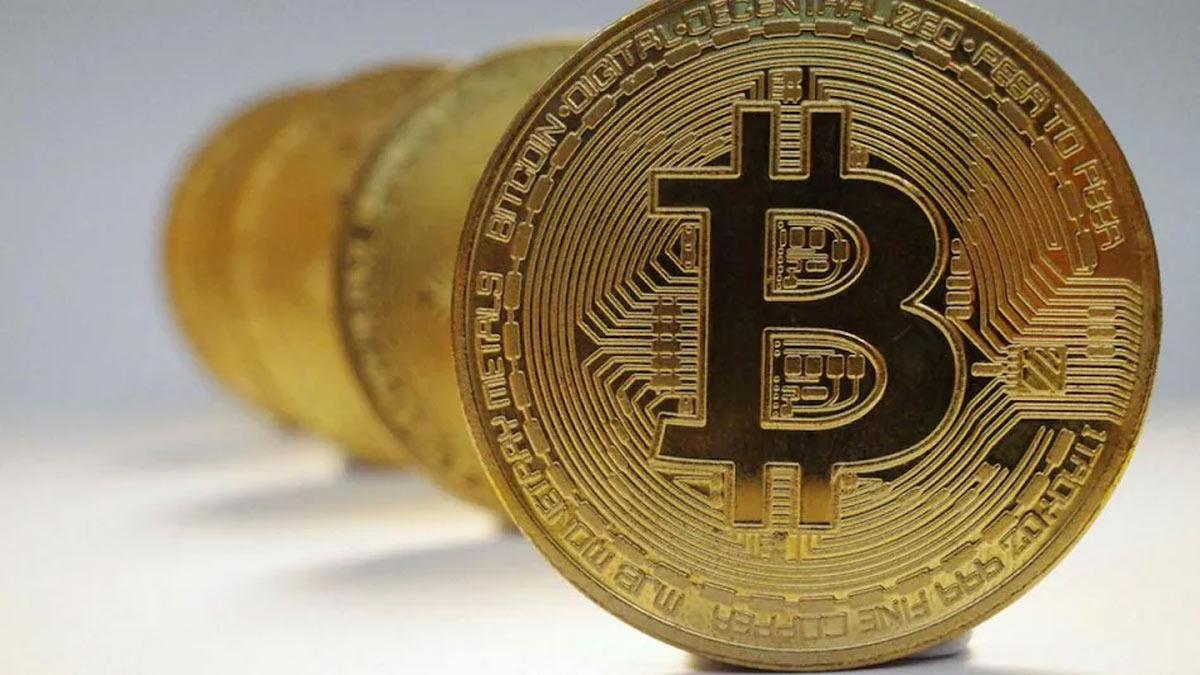Bitcoin Ledger Reconciliation: Frequency and Best Practices for Ensuring Accuracy.
Bitcoin is a decentralized digital currency that operates on a blockchain network. Transactions on the Bitcoin network are recorded on a public ledger known as the blockchain, which serves as a record of all transactions that have taken place on the network. This ledger is maintained by the network’s nodes, which are computers that participate in the verification and recording of transactions on the network.
How Often Bitcoin Ledger Reconcile
One of the key features of the Bitcoin ledger is its ability to reconcile itself periodically to ensure that all transactions on the network are accurate and up-to-date. In this article, we will explore the process of Bitcoin ledger reconciliation and discuss how often it occurs.
Understanding Bitcoin Ledger Reconciliation
The process of Bitcoin ledger reconciliation involves ensuring that all nodes on the network agree on the current state of the ledger. This is important because it ensures that all transactions on the network are valid and that the total number of Bitcoins in circulation is accurate.
Bitcoin ledger reconciliation is achieved through a process known as consensus. Consensus is the mechanism by which all nodes on the network agree on the current state of the ledger. To achieve consensus, nodes on the network work together to verify and record transactions on the blockchain.
When a new transaction is initiated on the Bitcoin network, it is broadcast to all nodes on the network. Each node verifies the transaction to ensure that it is valid and that the sender has sufficient funds to complete the transaction. Once the transaction has been verified, it is recorded on the blockchain, and all nodes on the network update their copy of the ledger to reflect the new transaction.
Consensus is achieved when a majority of the nodes on the network agree on the current state of the ledger. This means that all nodes must have the same copy of the blockchain, and all transactions must be valid and accurate. Once consensus is achieved, the ledger is considered reconciled.
How Often Does Bitcoin Ledger Reconciliation Occur?
Bitcoin ledger reconciliation occurs continuously on the network. Every time a new transaction is initiated, nodes on the network work together to verify and record the transaction on the blockchain. This means that the ledger is updated in real-time, and all nodes on the network have access to the most up-to-date information.
In addition to real-time reconciliation, Bitcoin also undergoes a process known as a block confirmation. A block confirmation occurs when a block of transactions on the blockchain is verified and added to the ledger. This process is achieved through a process known as mining, which involves nodes on the network competing to solve a mathematical puzzle.
Once a block is solved, it is broadcast to all nodes on the network, and each node verifies the block to ensure that it is valid. Once the block has been verified, it is added to the blockchain, and all nodes on the network update their copy of the ledger to reflect the new transactions.
The time it takes for a block to be confirmed can vary depending on the number of nodes on the network and the level of activity on the network. In general, it takes around 10 minutes for a block to be confirmed on the Bitcoin network.
Why is Regular Bitcoin Ledger Reconciliation Important?
Regular Bitcoin ledger reconciliation is important for several reasons. First, it ensures that all transactions on the network are accurate and up-to-date. This is important because it ensures that all users of the network have access to the most up-to-date information and can make informed decisions about their transactions.
Regular ledger reconciliation also ensures that the total number of Bitcoins in circulation is accurate. This is important because it ensures that there is no inflation or deflation on the network, which can impact the value of Bitcoin.
Finally, regular ledger reconciliation ensures that the network is secure and free from fraud. By ensuring that all transactions on the network are valid and accurate, the network is less vulnerable to attacks and fraud.
The Importance of Regular Bitcoin Ledger Reconciliation: Frequency and Procedures
As a decentralized digital currency, Bitcoin operates on a blockchain network. Transactions on the network are recorded on a public ledger known as the blockchain, which serves as a record of all transactions that have taken place on the network. The blockchain is maintained by the network’s nodes, which are computers that participate in the verification and recording of transactions on the network.
One of the key features of the Bitcoin ledger is its ability to reconcile itself periodically to ensure that all transactions on the network are accurate and up-to-date. In this article, we will explore the importance of regular Bitcoin ledger reconciliation, including the frequency and procedures involved.
Why is Regular Bitcoin Ledger Reconciliation Important?
Regular Bitcoin ledger reconciliation is important for several reasons. First and foremost, it ensures that all transactions on the network are accurate and up-to-date. This is important because it ensures that all users of the network have access to the most up-to-date information and can make informed decisions about their transactions.
In addition to ensuring accuracy, regular ledger reconciliation also ensures that the total number of Bitcoins in circulation is accurate. This is important because it ensures that there is no inflation or deflation on the network, which can impact the value of Bitcoin.
Finally, regular ledger reconciliation ensures that the network is secure and free from fraud. By ensuring that all transactions on the network are valid and accurate, the network is less vulnerable to attacks and fraud.
How Often Should Bitcoin Ledger Reconciliation Occur?
Bitcoin ledger reconciliation occurs continuously on the network. Every time a new transaction is initiated, nodes on the network work together to verify and record the transaction on the blockchain. This means that the ledger is updated in real-time, and all nodes on the network have access to the most up-to-date information.
In addition to real-time reconciliation, Bitcoin also undergoes a process known as a block confirmation. A block confirmation occurs when a block of transactions on the blockchain is verified and added to the ledger. This process is achieved through a process known as mining, which involves nodes on the network competing to solve a mathematical puzzle.
Once a block is solved, it is broadcast to all nodes on the network, and each node verifies the block to ensure that it is valid. Once the block has been verified, it is added to the blockchain, and all nodes on the network update their copy of the ledger to reflect the new transactions.
The time it takes for a block to be confirmed can vary depending on the number of nodes on the network and the level of activity on the network. In general, it takes around 10 minutes for a block to be confirmed on the Bitcoin network.
Procedures for Bitcoin Ledger Reconciliation
The procedures for Bitcoin ledger reconciliation involve ensuring that all nodes on the network agree on the current state of the ledger. This is achieved through a process known as consensus, which involves all nodes working together to verify and record transactions on the blockchain.
When a new transaction is initiated on the Bitcoin network, it is broadcast to all nodes on the network. Each node verifies the transaction to ensure that it is valid and that the sender has sufficient funds to complete the transaction. Once the transaction has been verified, it is recorded on the blockchain, and all nodes on the network update their copy of the ledger to reflect the new transaction.
Consensus is achieved when a majority of the nodes on the network agree on the current state of the ledger. This means that all nodes must have the same copy of the blockchain, and all transactions must be valid and accurate. Once consensus is achieved, the ledger is considered reconciled.
Best Practices for Bitcoin Ledger Reconciliation
To ensure the integrity of the Bitcoin network and the accuracy of its ledger, it is important to follow best practices for ledger reconciliation. These practices include:





